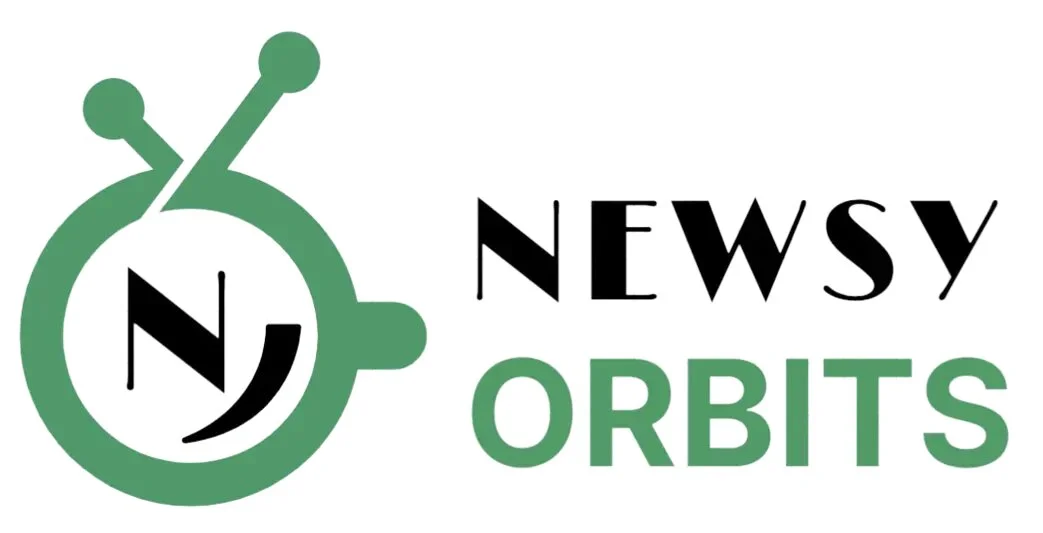Introduction
In the dynamic landscape of real estate, securing a home loan is a significant milestone that requires thorough understanding and strategic planning. With numerous options available, finding the best home loan can be daunting. This comprehensive guide aims to demystify the process and provide you with the necessary insights to secure a home loan that perfectly aligns with your financial goals.
Understanding Home Loans
What is a Home Loan?
A home loan, also known as a mortgage, is a financial agreement where a lender provides funds for purchasing a property. The borrower agrees to repay the loan over a specified period, typically with interest. Home loans are secured against the property, meaning the lender can seize the property if the borrower fails to make the agreed-upon payments.
Types of Home Loans
- Fixed-Rate Mortgage: This type of loan offers a constant interest rate throughout the loan term, ensuring stable monthly payments.
- Adjustable-Rate Mortgage (ARM): Here, the interest rate fluctuates based on market conditions. Initial rates are typically lower than fixed rates, but they can increase over time.
- Interest-Only Loans: Borrowers pay only the interest for a specific period, after which they start repaying the principal amount.
- FHA Loans: These are insured by the Federal Housing Administration, designed for low-to-moderate-income borrowers who may have lower credit scores.
- VA Loans: Available to veterans and active military personnel, these loans are backed by the Department of Veterans Affairs and often come with favorable terms.
- Jumbo Loans: These exceed the conforming loan limits set by the Federal Housing Finance Agency and are used for high-value properties.

Steps to Secure the Best Home Loan
1. Assess Your Financial Health
Before embarking on the home loan journey, it’s crucial to have a clear understanding of your financial situation. This includes:
- Credit Score: A higher credit score can significantly improve your chances of securing a favorable loan with lower interest rates.
- Debt-to-Income Ratio (DTI): Lenders prefer a lower DTI ratio as it indicates better financial stability and the ability to manage loan repayments.
- Savings: Adequate savings can help with down payments and other associated costs, reducing the loan amount and interest burden.
2. Research and Compare Lenders
Not all lenders offer the same terms and conditions. It’s essential to:
- Compare Interest Rates: Even a slight difference in interest rates can have a substantial impact on your overall repayment amount.
- Check for Hidden Fees: Look beyond the advertised rates and understand any additional fees that may be applicable.
- Evaluate Customer Service: Choose a lender known for excellent customer service and support throughout the loan process.
3. Get Pre-Approved
A pre-approval letter from a lender not only boosts your credibility as a serious buyer but also gives you a clear idea of how much you can afford. The pre-approval process involves:
- Submission of Financial Documents: Be prepared to provide proof of income, tax returns, and other relevant financial information.
- Credit Check: The lender will review your credit history to determine your eligibility.
- Assessment of Loan Amount: Based on the evaluation, the lender will provide a pre-approval amount that you qualify for.
4. Choose the Right Loan Type
Selecting the appropriate loan type is critical. Consider factors such as:
- Loan Term: Shorter terms often have higher monthly payments but lower overall interest costs.
- Interest Rate Type: Decide between a fixed or adjustable-rate mortgage based on your financial stability and market predictions.
- Special Programs: Explore government-backed loans (FHA, VA) if you meet the eligibility criteria, as they may offer more favorable terms.
5. Lock in Your Interest Rate
Interest rates can fluctuate, so once you find a favorable rate, consider locking it in. This means the rate will remain the same regardless of market changes before closing the loan.
6. Prepare for Closing
The closing process involves several steps:
- Home Inspection and Appraisal: Ensure the property is worth the loan amount.
- Final Walkthrough: Verify that the property is in the agreed condition before signing the final documents.
- Review Closing Disclosure: This document outlines the final terms and costs of the loan. Review it carefully to avoid any surprises.
Common Mistakes to Avoid
1. Ignoring Your Credit Score
A poor credit score can lead to higher interest rates or loan rejection. Regularly check your credit report and address any discrepancies promptly.
2. Overlooking Loan Terms
Don’t focus solely on the interest rate. Understand the complete loan terms, including the repayment schedule, penalties for early repayment, and any additional fees.
3. Not Shopping Around
Different lenders offer varying rates and terms. Failing to compare multiple offers can result in higher costs over the loan term.
4. Underestimating Additional Costs
Apart from the down payment, factor in other expenses like closing costs, property taxes, insurance, and maintenance costs.
5. Making Large Purchases Before Closing
Any significant financial changes, such as large purchases or new credit lines, can affect your loan approval. Avoid altering your financial situation until the loan is finalized.
Conclusion
Securing the best home loan requires diligent research, financial preparation, and careful consideration of all available options. By following these steps and avoiding common pitfalls, you can confidently navigate the home loan process and achieve your dream of homeownership.



